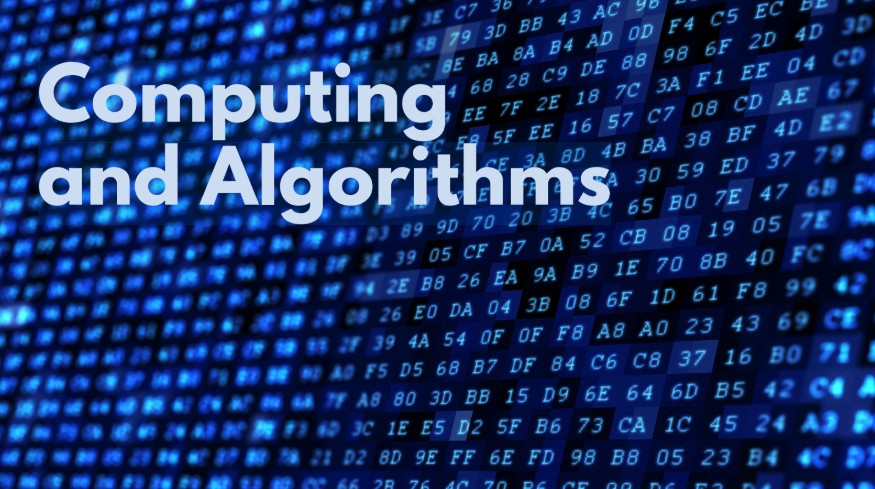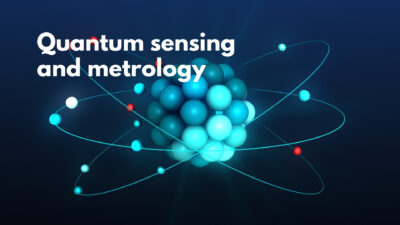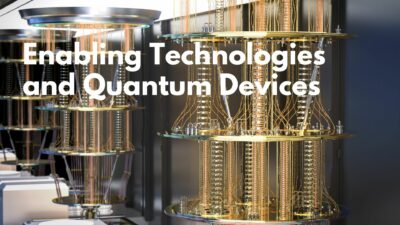The article discusses the concept of a “quantum spin liquid” (QSL), a state of matter where electrons’ spins remain random down to absolute zero, causing “frustrated magnetism.” While some candidate materials have been identified, a definitive observation of a QSL in a real material has yet to be made. Researchers use neutron scattering to study QSLs, with the Center for Neutron Research (NCNR) being a key facility in this research.
QSLs are theorized to support “fractionalized excitations,” which are unstable and can break apart into two or more pieces. These excitations are analogous to exotic quasi-particles that exist in empty space. Several materials have been identified as potential candidates for QSLs, including herbertsmithite, αRuCl3, and quantum spin ices.
The study of QSLs has the potential to lead to the development of new quantum technologies. By understanding how to control and manipulate the excitations in QSLs, researchers may be able to create new devices and technologies that take advantage of these emergent oddities. The field of QSL-tronics, or the study of QSLs and their applications, is still in its infancy, but it holds great promise for the future of quantum technology.
Source: https://www.nist.gov/blogs/taking-measure/frustrated-matter-quantum-spin-liquids
Keywords: quantum, spin, liquid, excitations, magnetism



